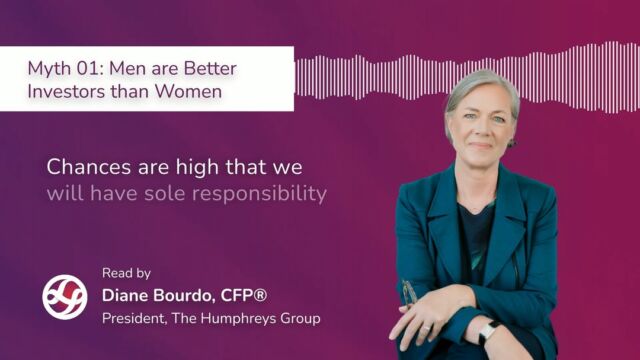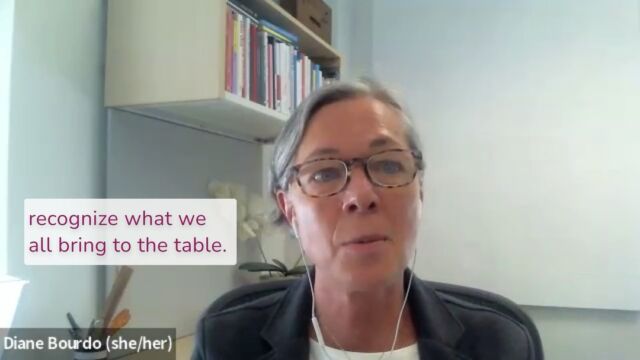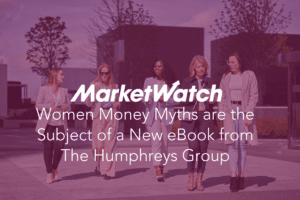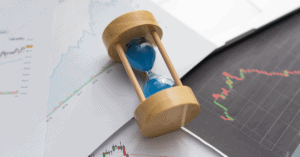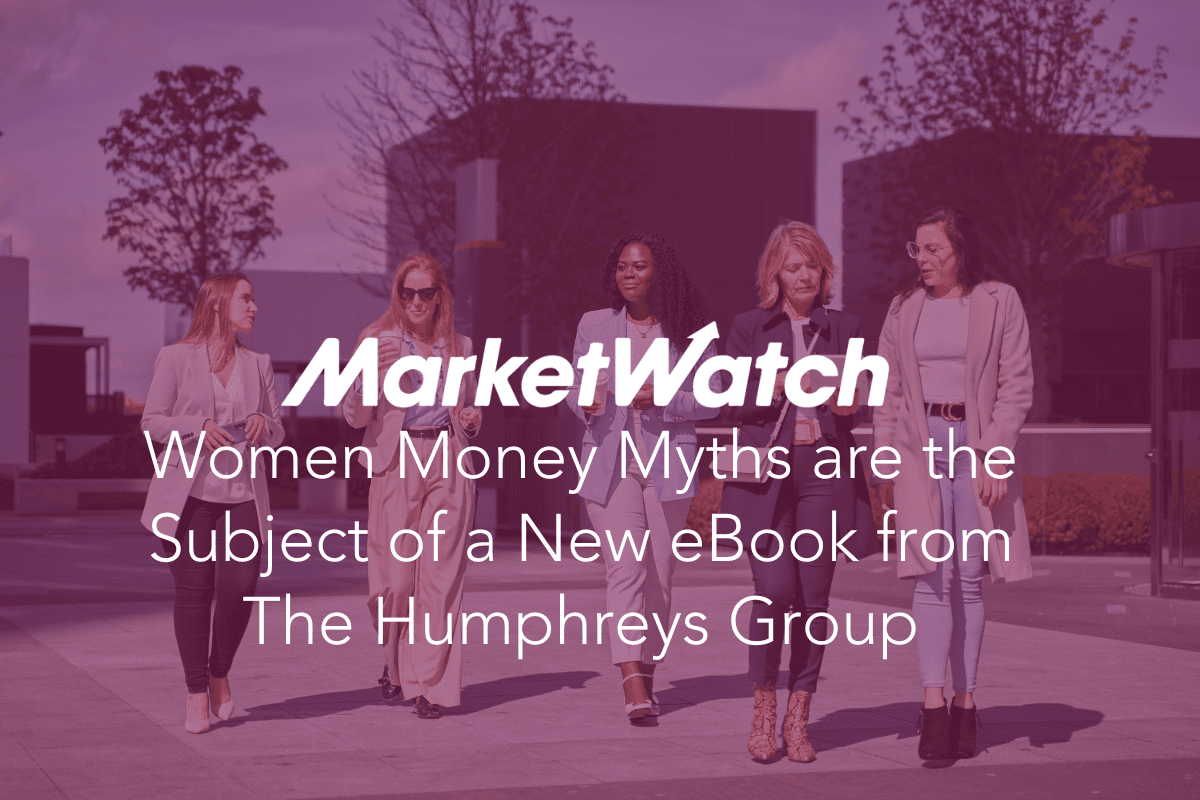With jobless claims at the highest rate since the Great Depression and most health officials warning that the number of persons infected with the novel Coronavirus is still rising, it’s hard to understand why the stock market has climbed 7–8% during May (at this writing). And yet Wall Street continues to exhibit bullish sentiment after the COVID-19–fueled meltdown in March and early April as Washington continues to assert willingness to do whatever it takes to support the economy.
With all US states in the process of reopening their economies or, at the very least, easing restrictions imposed at the onset of the COVID-19 pandemic, the prospect of getting the US economy rolling again is also feeding into the optimism driving stock prices higher. Even New York Mayor Bill de Blasio, whose city was at the epicenter of the outbreak, has announced the possibility of a phased reopening in the early weeks of June. This news, along with gains in the recently battered financial sector, sent stocks soaring on May 27; the Dow Jones Industrial Average (DJIA) was up over 500 points and the S&P 500 closed above 3,000 for the first time since March 5.
The S&P 500 and the Nasdaq closed the week up +0.48% and +1.29%, respectively, while the DJIA ended the week -0.07% lower.
Finding the “Goldilocks Zone” as States Reopen
As states cautiously reopen their economies, the trick lies in achieving the “just right” balance between avoiding a damaging spike in COVID-19 infections and permitting revenue-starved businesses enough room to restart positive cash flows. In Alaska, where infection rates have remained relatively low, Governor Mike Dunleavy said at a May 19 news conference that as of May 22, “It will all be open, just like it was prior to the virus.” On the other end of the spectrum, California Governor Gavin Newsom has yet to announce an ending date for the statewide stay-at-home order, though some retailers, including clothing stores, florists, and bookshops, are being permitted to reopen for curbside delivery accompanied by physical distancing. Fifty-eight California counties are moving into “phase two” of the state’s reopening plan, and Newsom has said that houses of worship may admit 100 people or 25% of capacity, whichever is lower.
Closer to home, San Francisco Mayor London Breed announced the City’s reopening blueprint, a self-described phased and measured approach. As an aside, we will be using this plan and others to guide our decisions about the timing and nature of our own office re-occupancy.
The US Centers for Disease Control and Prevention (CDC) has released guidelines for businesses, schools, childcare centers, and mass transit systems as the country continues to move toward reopening. The 60-page document outlines a three-phase approach specifying gateways based on benchmarked decreases in infection rates, ER or outpatient visits related to COVID-19–like symptoms, and testing. Following the White House plan for “Opening Up America Again,” released last month, the CDC guidelines are intended to provide businesses and other organizations with responsible guidance as more Americans go back to work.
Global Economic Policy — and China
In recent days, Asian shares have been buoyed by news of government assistance as the Bank of Japan continues to provide stimulus aid for the country’s small businesses. European stocks will likely benefit from the May 27 announcement of a 750 billion–euro aid package designed to lift European economies damaged by the pandemic. But the biggest cloud on the international horizon is the sword-rattling over trade between the US and China. As the Trump administration offers a negative evaluation of Hong Kong’s economic autonomy in the face of increasing control from Beijing, the threat of a renewed trade war between the world’s two largest economies may continue to dampen investor enthusiasm.
As all these developments continue, we continue to recommend a measured approach to likely market volatility, combined with disciplined asset allocation and rebalancing as needed. If we can answer questions about your portfolio, the economic outlook, or the financial markets, please get in touch. We are here for you. Stay safe and be well.




